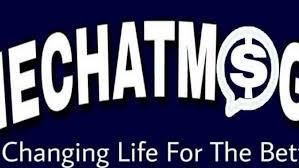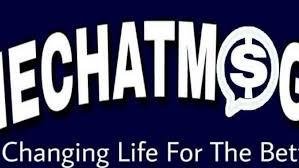Zumba classes have revolutionized the fitness landscape, transforming traditional workout routines into exhilarating dance parties that deliver exceptional results. This Latin-inspired fitness phenomenon combines high-energy music with easy-to-follow dance moves, creating an inclusive environment where participants of all fitness levels can thrive while achieving their health goals.
The Science Behind Zumba Success
Research demonstrates that Zumba participants burn between 300-900 calories per hour, depending on intensity and individual factors. The combination of aerobic and anaerobic exercise elements provides comprehensive cardiovascular benefits while improving coordination, balance, and muscle strength. Unlike monotonous gym routines, Zumba's dance-based approach releases endorphins naturally, creating positive associations with exercise that promote long-term fitness adherence.
The interval training nature of Zumba classes alternates between high-intensity peaks and recovery periods, optimizing fat burning while building cardiovascular endurance. This training methodology, known as High-Intensity Interval Training (HIIT), continues burning calories hours after class completion through the afterburn effect.
Mental Health and Community Benefits
Zumba classes extend beyond physical fitness, offering significant mental health advantages through music, movement, and community connection. The rhythmic nature of Latin music naturally elevates mood while reducing stress hormones like cortisol. Group fitness environments foster social connections, combating isolation while building supportive fitness communities.
Stress Reduction Through Movement: Dance movement activates the body's relaxation response, reducing anxiety while improving overall mental wellbeing. The focus required for following choreography creates mindful movement experiences that quiet mental chatter and promote present-moment awareness.
Accessibility and Inclusivity
Modern Zumba classes embrace inclusivity, offering modifications that accommodate various fitness levels, physical limitations, and age groups. Low-impact versions protect joints while maintaining cardiovascular benefits, making Zumba accessible to seniors and individuals with mobility concerns. The non-competitive atmosphere encourages participation without intimidation or performance pressure.
Progressive Skill Development: Instructors design classes with layered choreography that builds complexity gradually, allowing newcomers to participate immediately while providing challenges for experienced dancers. This approach ensures everyone feels successful while continuously improving coordination and fitness levels.
Technology Integration and Modern Trends
Contemporary Zumba classes incorporate technology enhancements including heart rate monitoring, mobile app integration, and virtual reality experiences. Wearable fitness devices track performance metrics, providing participants with concrete evidence of their fitness improvements and calorie expenditure.
Music Evolution: Zumba playlists evolve continuously, incorporating contemporary hits alongside traditional Latin rhythms. This musical diversity maintains freshness while exposing participants to global music cultures, creating educational experiences alongside fitness benefits.
Zumba classes represent the perfect fusion of entertainment and exercise, delivering sustainable fitness solutions that participants eagerly anticipate rather than endure, ensuring long-term success in achieving health and wellness objectives



